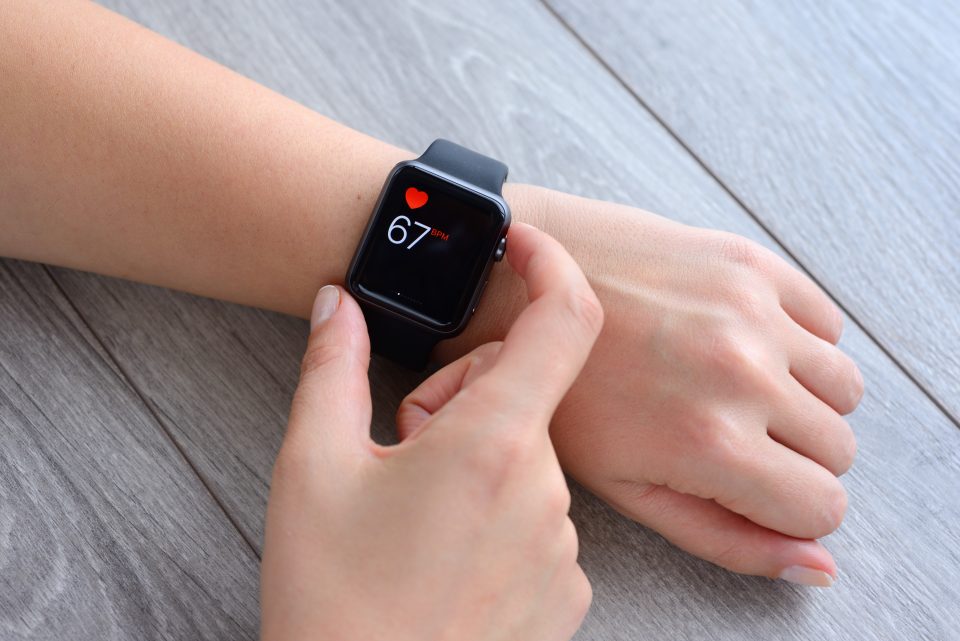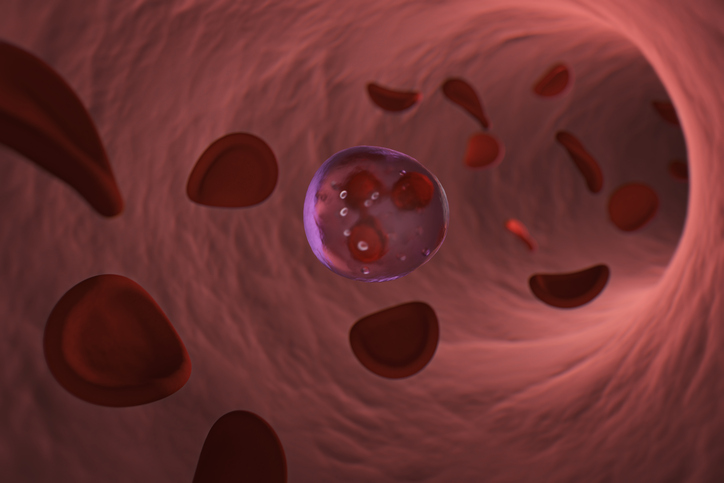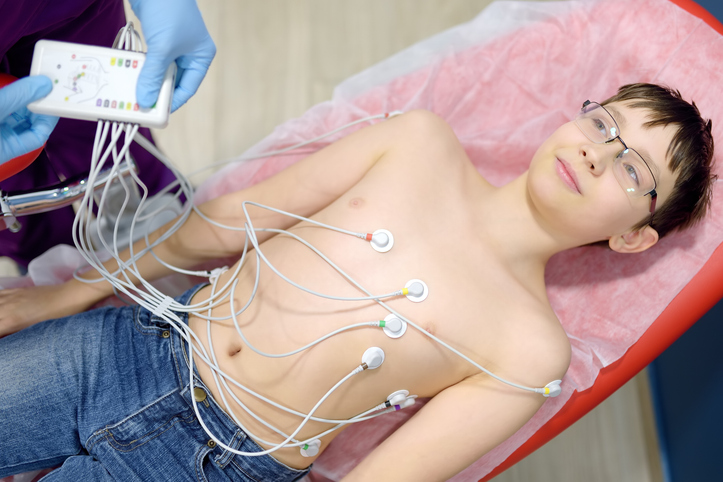
Researchers have recently developed an artificial intelligence (AI) classifier that can detect a specific cardiovascular disease using a wearable wrist biosensor. The condition, hypertrophic cardiomyopathy, can cause serious complications and is commonly unrecognized in the clinical setting. By proposing a diagnostic approach using a machine learning and a wearable sensor, these researchers have potentially developed a noninvasive and widely available tool to identify the disease. Their work was published in npj Digital Medicine on June 24.
What is Hypertrophic Cardiomyopathy?
Hypertrophic cardiomyopathy (HCM) is a heritable disease that is characterized by abnormal thickening of the cardiac muscle. It leads to increased risk of heart failure, stroke, and sudden cardiac death. The worst clinical outcomes have been observed in those with outflow tract obstruction (oHCM) at rest, which is present in 30-40% of those with HCM. oHCM is characterized by an obstruction of forward blood flow during heart contractions. Patients with oHCM display unique abnormalities in blood flow that have been observed via blood pressure readings and echocardiography.
Screening for HCM typically involves echocardiography; however, the nonspecific symptoms of HCM make it challenging to diagnose. A study that analyzed autopsies of patients with HCM found that only 20% of these cases were clinically identified, highlighting the need for diagnostic improvements.
Using Artificial Intelligence to Detect HCM
These researchers propose a novel means of diagnosing HCM using AI and a wearable biosensor that leverages photoplyethysmography (PPG). PPG is a technique that detects changes in blood volume at the skin’s surface in a noninvasive manner. It is utilized by clinical pulse oximeters and has been incorporated in smartwatches to monitor heart rate. With these smartwatches becoming a growing commodity, the researchers hypothesized that combining this PPG technology with a machine learning classifier could yield a convenient means of detecting HCM.
Background of the Proof-of-Principle Study
 Using data from 19 patients with oHCM and 64 healthy controls, the researchers created a machine learning classifier that interprets physiological signs of oHCM. This data was collected using a biosensor-wristband made by Wavelet Health. Equipped with a clinical-grade PPG sensor, accelerometer and gyroscope, the wearable device was used to collect hemodynamic data that is unique to oHCM patients.
Using data from 19 patients with oHCM and 64 healthy controls, the researchers created a machine learning classifier that interprets physiological signs of oHCM. This data was collected using a biosensor-wristband made by Wavelet Health. Equipped with a clinical-grade PPG sensor, accelerometer and gyroscope, the wearable device was used to collect hemodynamic data that is unique to oHCM patients.
The researchers found that the oHCM patients displayed distinct readings from those in the control group. Their AI-driven system was able to detect oHCM in 18 of the 19 patients with the condition (95% sensitivity) and correctly identify 63 of the 64 healthy individuals (98% specificity).
Implications of this Research
The researchers concluded that the use of machine learning and a wearable biosensor was successful in distinguishing between patients with oHCM and their healthy counterparts. With many wearable devices now being equipped with PPG sensors, this AI approach presents as a potential tool for detecting unrecognized oHCM. The authors noted that this study was limited by the small cohort size and that future research should analyze a larger population to better understand the impact of factors such as age and gender.
The diagnosis of hypertrophic cardiomyopathy is often missed. Using a wearable sensor and #AI (ML of PPG) it can be accurately detectedhttps://t.co/nhqYdDBqLx @Nature_NPJ Digital Medicine by @ercgrn and colleagues #openaccess pic.twitter.com/oX7eez8nrC
— Eric Topol (@EricTopol) June 24, 2019







 © 2025 Mashup Media, LLC, a Formedics Property. All Rights Reserved.
© 2025 Mashup Media, LLC, a Formedics Property. All Rights Reserved.